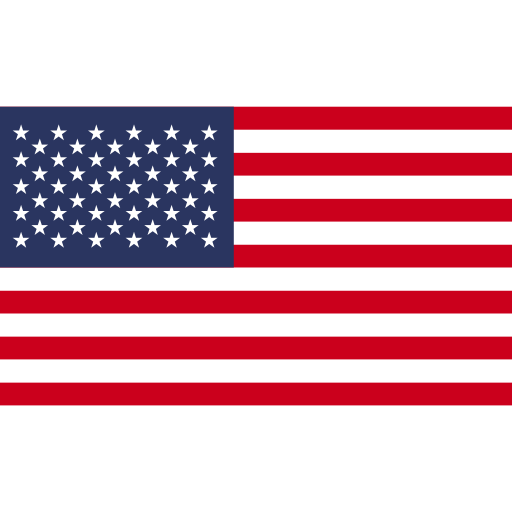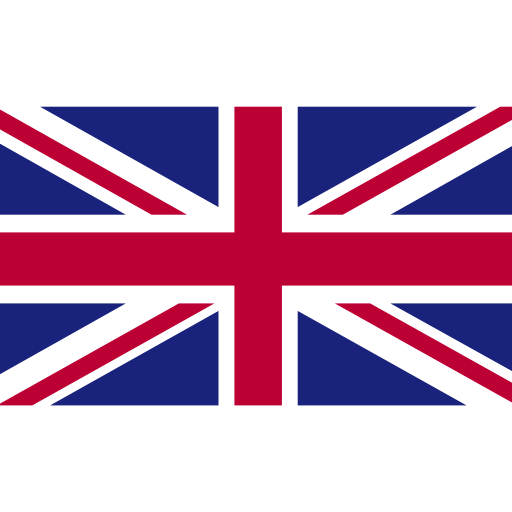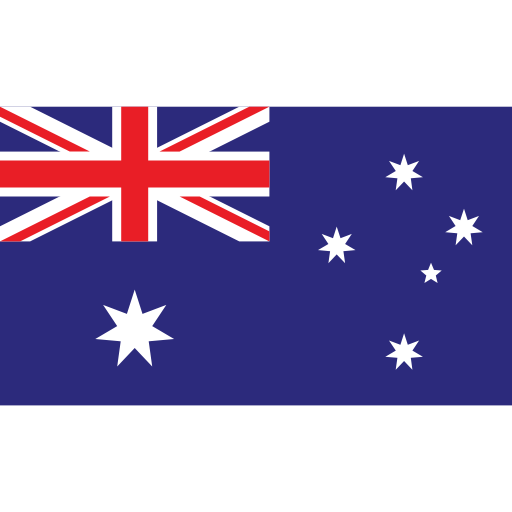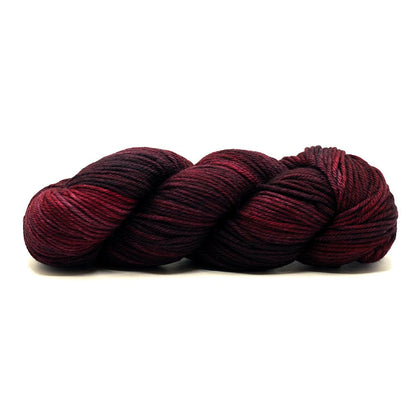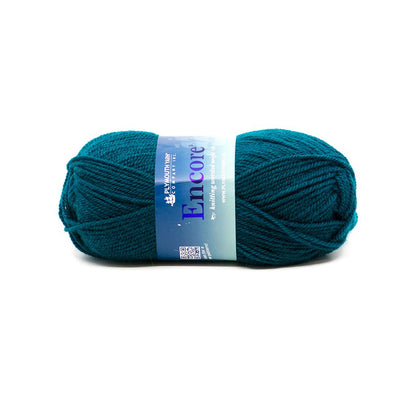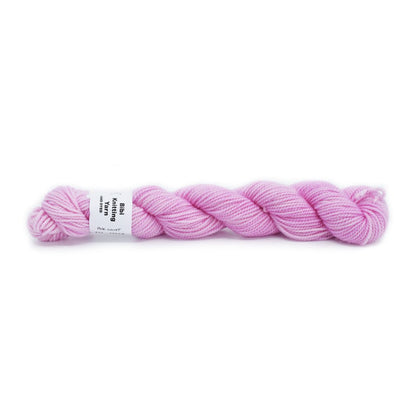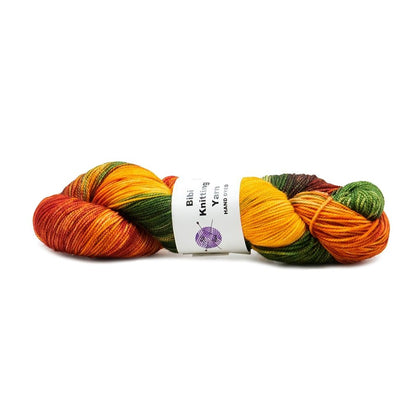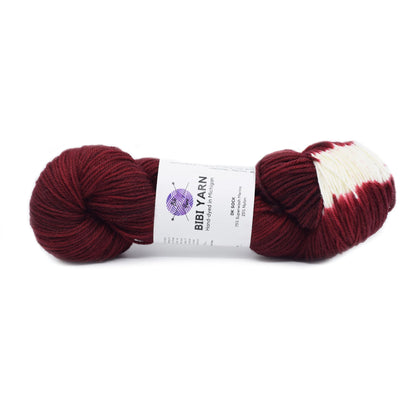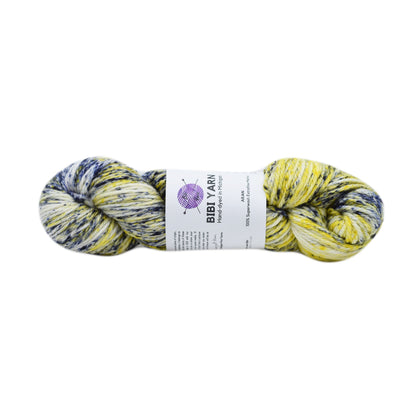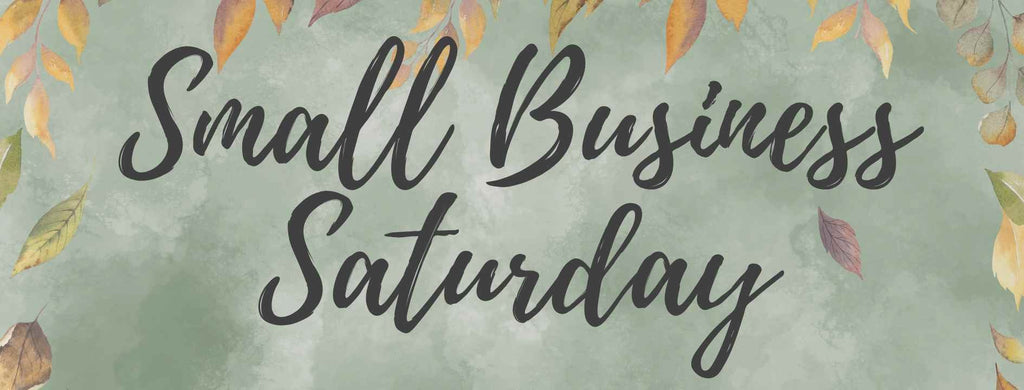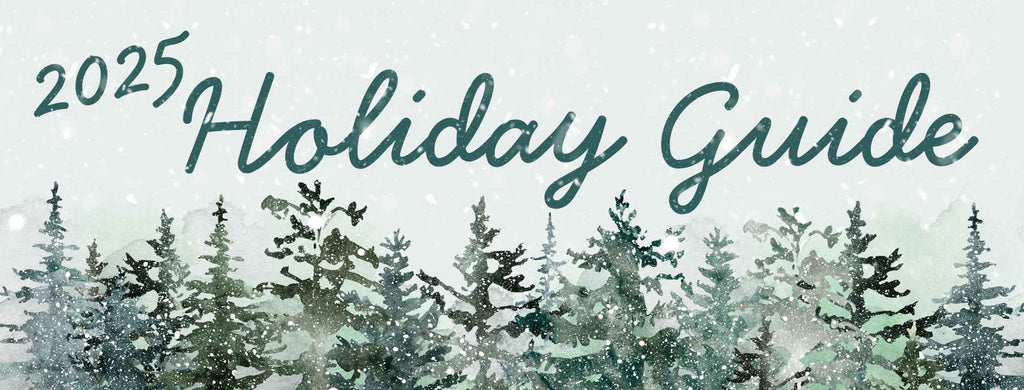Reading Lace Charts

Charts in the fiber arts are visual representations of the pattern instructions. We are going to focus on lace charts for knitting and crochet in this article, but many patterns that include elements such as colorwork, cables and other textured patterns often include a chart or charts as well.
Knitting
Knitting charts are simply a grid of rows and columns where each horizontal line is a row or round, and the vertical columns are individual stitches. Row numbers are placed at the side you will be starting from. When working in the round - such as adding lace to a sweater or sock - each row is read from right to left. When working flat - such as a scarf or a pieced garmented - you will be reading from right to left then left to right, alternating depending on which side of the fabric you are working on.
Larger projects will typically chart only a small portion of the full row, and indicate which stitches will be repeated across the rest of the piece. This pattern repeat is traditionally highlighted with a heavier line around the rows and columns of stitches being used.

If a design calls for the wrong side rows to be identical throughout (typically “Purl across.”) the chart may omit these rows and only show the right side rows. This will be noted and the row numbers will show every other (1, 3, 5, etc. for example). When this is the case, all chart rows will be read from right to left.
Charts are not always a square or rectangle. As stitches are added or decreased, the chart may have more or fewer boxes on particular lines. Alternatively, some charts may gray out non-stitches until the stitch count increases to that point.

The symbols used in knitting charts are not entirely standardized, but each pattern will include a key or legend with what each symbol stands for. Some of the Craft Yarn Council’s common symbols are shown below, but always take the time to review the legend before beginning to ensure you’re familiar with what’s being used.

Crochet
Crochet charts are a little different as the symbols are not laid out in grids, but rather placed laid out more in line with where the stitch will actually be placed. This can often make crochet charts appear complex, but it can also be argued that it gives a better preview of fabric itself.
Symbols for crochet stitches have fewer variations than knitting symbols. In fact, with a general knowledge of crochet charts, makers can use patterns from around the globe, even if the written instructions are not in a language they know!

Another bonus for crochet charts is that, when possible, right side and wrong side rows are color-coded. Incredibly helpful, especially with more detailed designs! An arrow will point you where to start and from there you work back and forth - or in a continuous loop if working in the round - alternating colors with each row.

Tips for Reading Lace Charts
A handful of quick tips for learning and keeping yourself on track when using charts.
- Don’t strain! Charts are often used to save space in lieu of writing out instructions and the images can end up being pretty tiny. Rather than stress your eyeballs trying to make out which symbol is in that itty bitty box, use a copier to enlarge a printed pattern or find the zoom setting on a digital document and make that chart as large as you’d like!
- Keep yourself focused. If you have a magnetic pattern board it will make following your chart much easier! Even if you don’t, however, create your own system for indicating which stitches you are working on. You could highlight rows as you complete them. You could put a sticky note under the stitches you’re working on, or even under AND over the row to keep yourself from being distracted. Whatever ends up working for you should minimize the time and energy it take finding your place so you can be more efficient and accurate.
- Break it up. Stitch markers can be your best friends when working on lace! Use a stitch marker to indicate where one pattern repeat ends and the next begins. This will help you keep track of where you are, and also make it easier to identify any errors should something come up.
- Talk it out! No matter how comfortable you are with reading charts, talking yourself through each stitch will both aid in keeping your mind focused and also provide another way to remind yourself where you are in the chart! It can also be helpful to start learning charts with a pattern that includes both charts and written instructions so you can talk through and compare both!
- Do yourself a favor. When you’re wrapping up at the end of a session, take a few extra moments to make note of where you’ve stopped and where you need to begin the next time you pick up your project. It is always a good idea to end after finishing a row or round, but with the process of repeats involved in charts, it’s even more helpful to take good notes of your progress!
It seems that most makers have a strong preference for or against working from charts. Where do you stand? Do you have a preference? Why? Do you have any suggestions for working with lace charts? We hope you’ll share in the comments below!
Sources
Crochet Chart Symbols
How to Read Crochet Symbol Charts
How to Read a Knitting Chart
Let’s Knit Lace
The Principles of Knitting
Reading Crochet Charts
Vogue Knitting
